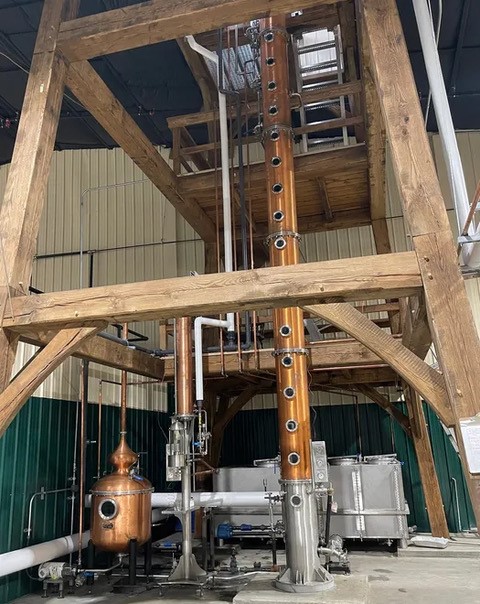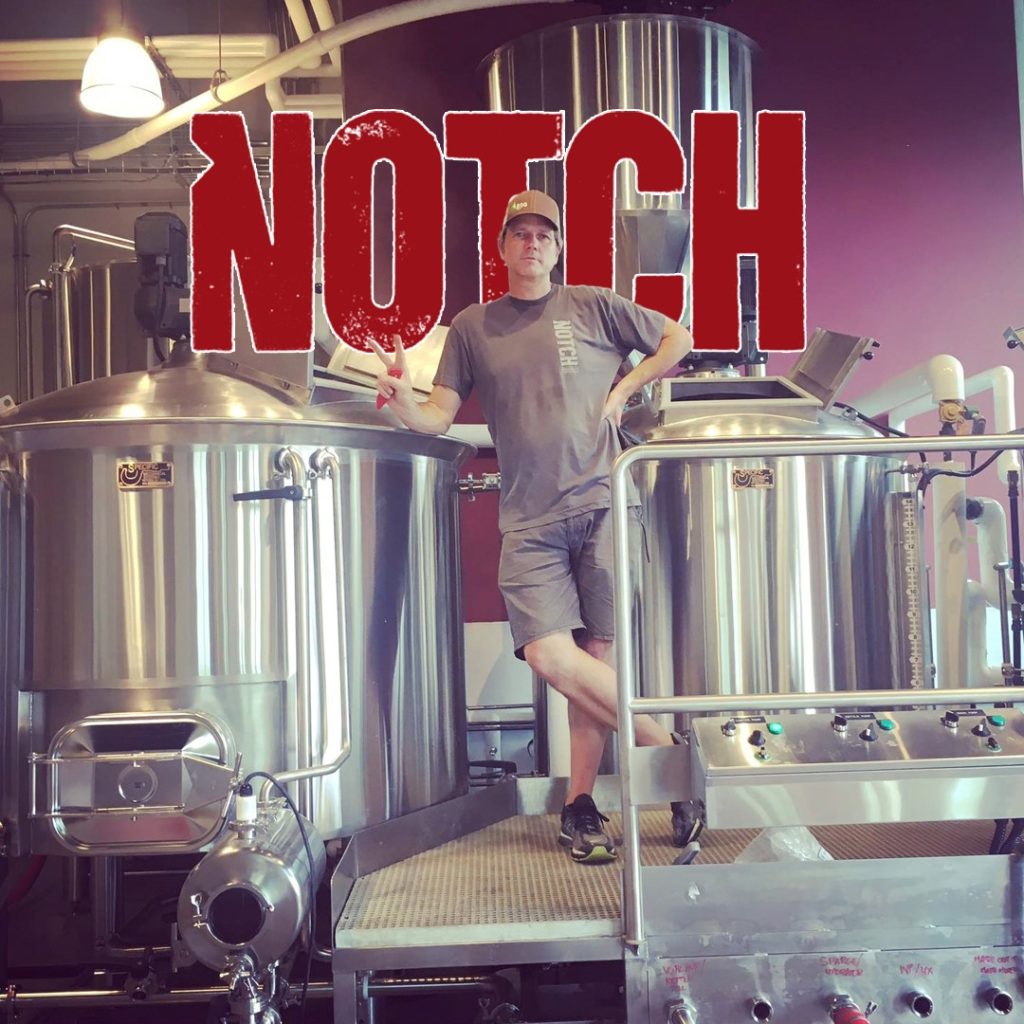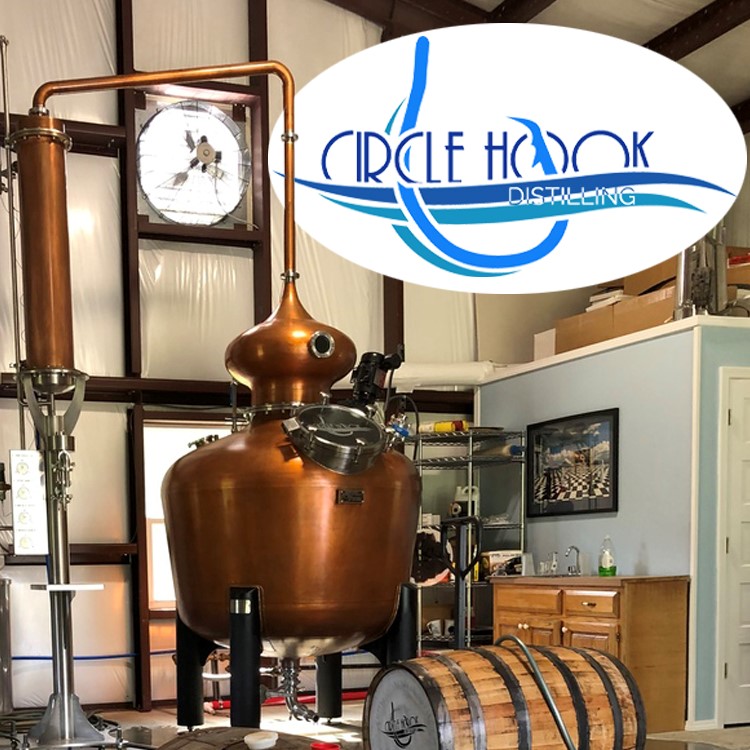A good whiskey always has a good story. Ponfeigh Distillery’s Rye Whiskey is so good, it makes their good story, a great one.
Central Pennsylvania is the birthplace of American whiskey. Traced back to 1753, the Bomberger’s Distillery was the Nation’s oldest, it represented the transformation of whiskey distilling from an agricultural enterprise into a large-scale industry. Prior to that, historical documents suggest that 1 in 5 farms had their own still. Two types of Rye whiskey were created as farmers and immigrants attempted to reproduce whiskeys similar to what they would’ve enjoyed in their home countries. The Monongahela blend, which had to contain at least 95% rye, was generally a heavier and spicier whiskey, while the Maryland-style was 65 – 70% rye and 30 – 35% corn, resulting in a lighter, sweeter flavour.
In 1791, in an attempt to generate revenue to pay off debts accrued during the American Revolution, George Washington’s Secretary of the Treasury, Alexander Hamilton, created an excise tax on all spirits and the stills that produced them.
Unfortunately, this production tax adversely impacted small-scale farmers on the western frontier. They did not have ready cash to be able to pay the tax and were unable to easily pass on the burden to their customers, like the operators of large distilleries in the East. A rebel alliance formed and some refused to pay the tax. Collectors brave enough to establish offices in the western counties faced constant threats of violence. Abruptly taken from his office, one such collector was even tarred and feathered.
There was talk that these counties should break away and form their own new State of Westsylvania. Washington organized a federal militia that marched upon these counties and drove the rebel leaders into hiding. This display of federal strength diffused the situation.
After the rebellion, many of the rye whiskey distillers in Western Pennsylvania felt totally abandoned and disenfranchised by the federal government. They felt it would be better if they just moved farther away from the flagpole. Enticed by the potential opportunities in the West and encouraged by the fact that Kentucky distillers were not being forced to pay the whiskey tax, many distillers packed up their stills, grabbed some rye seeds and headed down the Monongahela River to the Ohio River to seek their fortunes in the west.
These distillers fanned out across the state of Kentucky, where the climate favoured corn over rye, meaning their product would be closer to a Maryland style rye, or in some cases, where a higher percentage of corn was used…the beginning of bourbon.
Fast forward 100 years, to Maximillian Merrill’s great-great-grandfather, one of the largest employers in Somerset county as the founder of the W.A. Merrill Sons & Company coal mine. In the early 1940’s, not long after the end of prohibition, Mr. Merrill Sr. purchased an 84-acre fertile parcel of land and started an award-winning dairy farm.
Whilst updating a barn on the property, one of Merrill’s Miners, a Welsh immigrant, walked over the rise to see the picturesque valley for the first time and yelled out “PONFEIGH!”. The elder Merrill liked the name and it stuck. For decades they thought the Welsh term translated to “wonderful” or “awesome”.
To the surprise of the old entrepreneur, the farm had a small hidden hunting cabin on its wooded edge that he turned into a retreat for his business associates, Senators, dignitaries and other ranking officials. These men were treated to this private getaway to hunt deer, fish and enjoy their local rye libations out of the public eye.
Years later, as a boy, young Maximillian would spend hours at the cabin finding old exhausted rye whiskey bottles in the rafters, wood stove, outhouse and basement.
Today with Ponfeigh turning 75, Maximillian Merrill is determined to honour the history of Somerset County and his family farm. He’s converted a 20,000 sq. ft. Lumber campus into a wonderful facility encompassing the still, a retail area, indoor/outdoor seating for food and drink, a 3000-person outdoor amphitheatre and even an entire museum with exhibits that showcase the rich history of the area.
The still is a 15” diameter continuous column that rises 35’ into the air. Designed for heavy output, this still, complete with an all copper doubler, will work towards filling Max’s 12,000 sq. ft. climate-controlled barrel storage room.
Two decades ago Merrill came across the real translation of “Ponfeigh”, it’s the name of a small mining town in Wales surrounded by beautiful farmland and green rolling hills. Translated, the name means “Stag’s watering place”. When the Welsh miner saw it for the first time, it reminded him of home!
The community has welcomed him with open arms as the design and scope of the project will be a major attraction for visitors, highlighting the heritage and fortitude of the original European settlers, the first of many generations to demonstrate the American Spirit.





